Like any other major tram system, Porto put over time a number of different types of trams in service. This page is about the first generation of electric trams in Porto, the types entering service between 1895 and 1903.
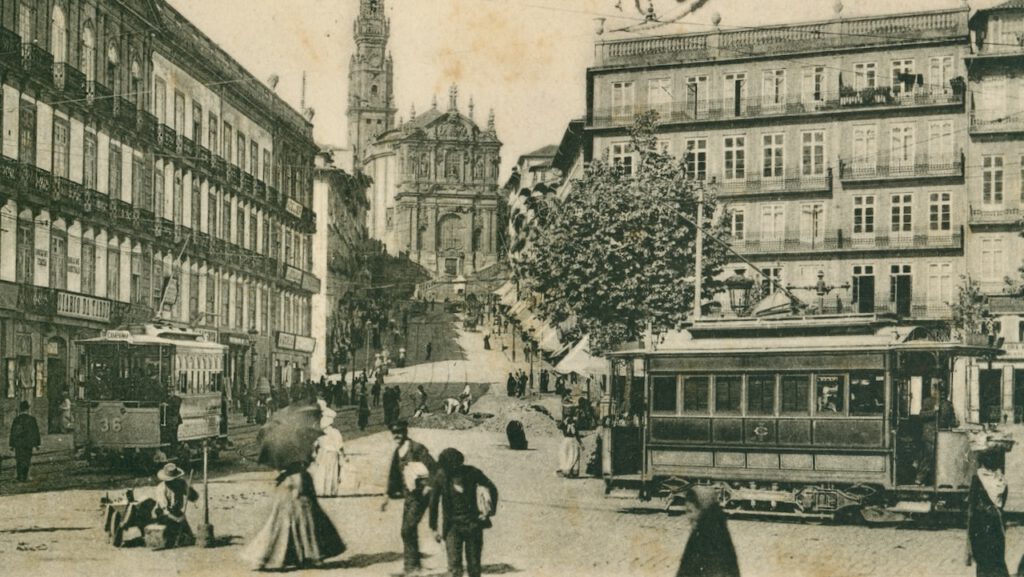
Transformado types
The first electric tramcars of Porto were converted from existing mule cars / steam tram trailers of the 7-window type. In the first years electric equipments and trucks for these transformations were acquired from several suppliers. Apparently the CCFP wanted to compare and choose the best for later acquisitions. During the first years the CCFP used in the annual reports the indication “Transformado” for these trams to distinguish them from newly built trams. After about 1904 the CCFP didn’t use “Transformado” anymore as indication.
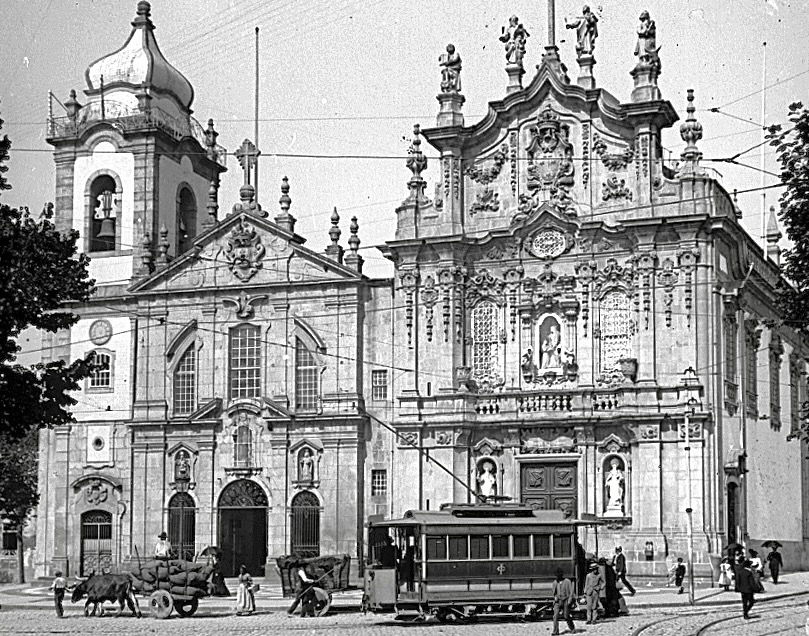
On 31 December 1902 there were 24 Transformados having the numbers 1-14, 18-19, 28-32 and 35-37. As there existed different types of mule cars / steam tram trailers, also Transformados sub types existed. The most common was the one with seven square windows at each side. A number of others had eight, smaller square windows with above semi-circular decorated ground glass windows above them. These were likely former CCA mule trams. For all these Transformados seating arrangement was on longitudinal benches and the capacity was 18 on benches of 4.25 m.
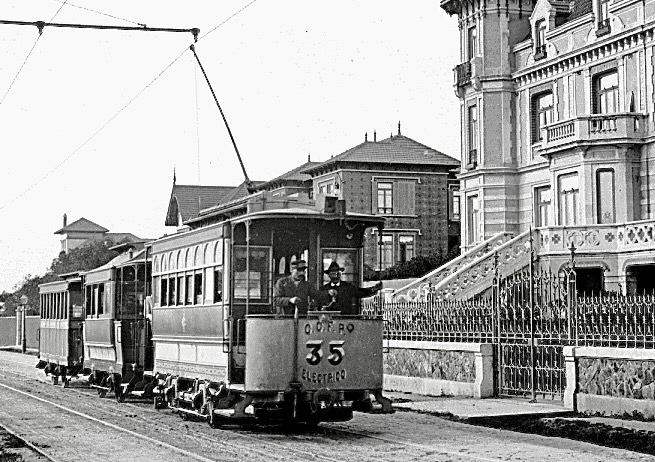
One unique car (no.67) was made in 1904 out of two small type mule cars. This last car had a capacity of 22 on two benches of 5.35 m. This car had disappeared from the fleet by 1917. No photos of this tramcar are known.
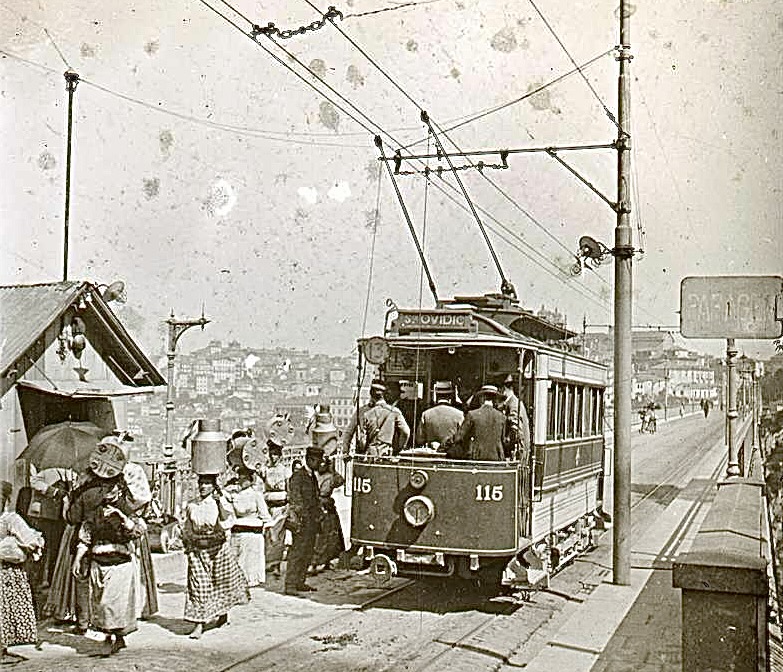
In 1898/9 the workshops of the CCFP constructed three new cars, likely numbers 15-17 but perhaps first 10-12, which without doubt were also fitted with imported trucks and electric equipment. The bodies were copies of the 7-window Transformado type. The local firm A Constructora delivered four similar new cars in 1900, which got the numbers 20-23.
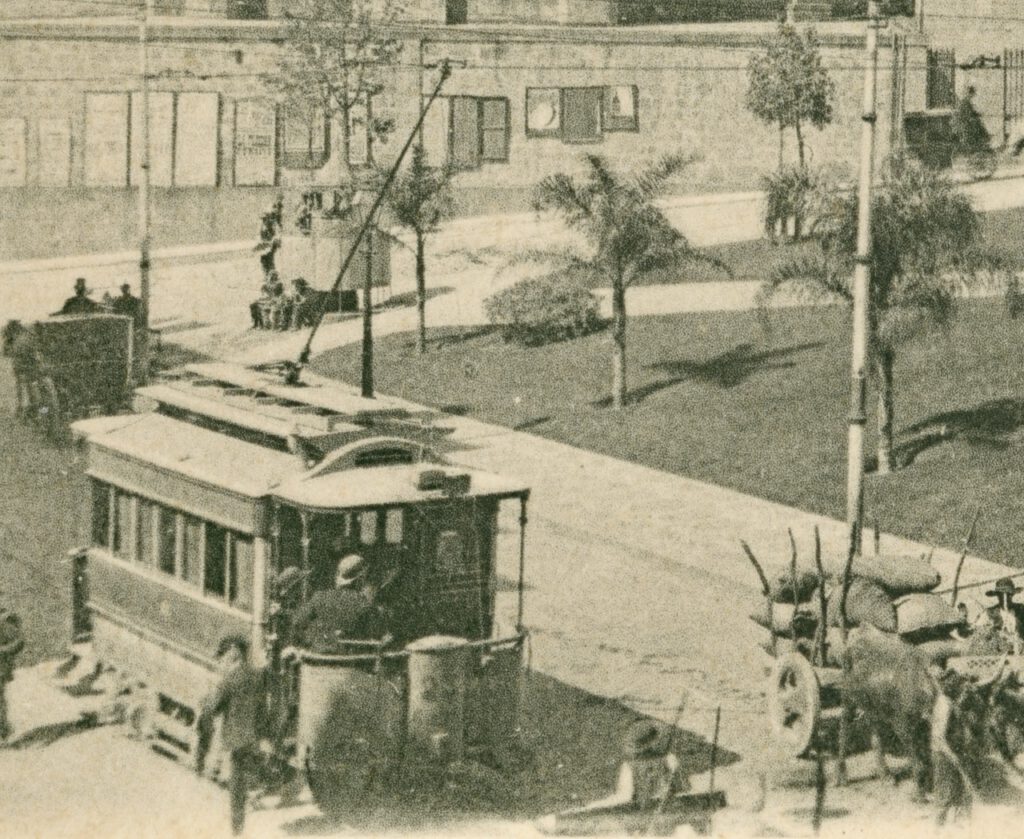
German cars
In 1898 two complete cars were ordered from two different suppliers in Germany. Without doubt the CCFP wanted to compare both.
Siemens & Halske delivered a tram with four large windows and seating for only 16 on two benches of 4.06 m. The car was also unique in having two front lights. The CCFP gave it the number 14, but soon renumbered it to 26. It had disappeared from the fleet by 1919.
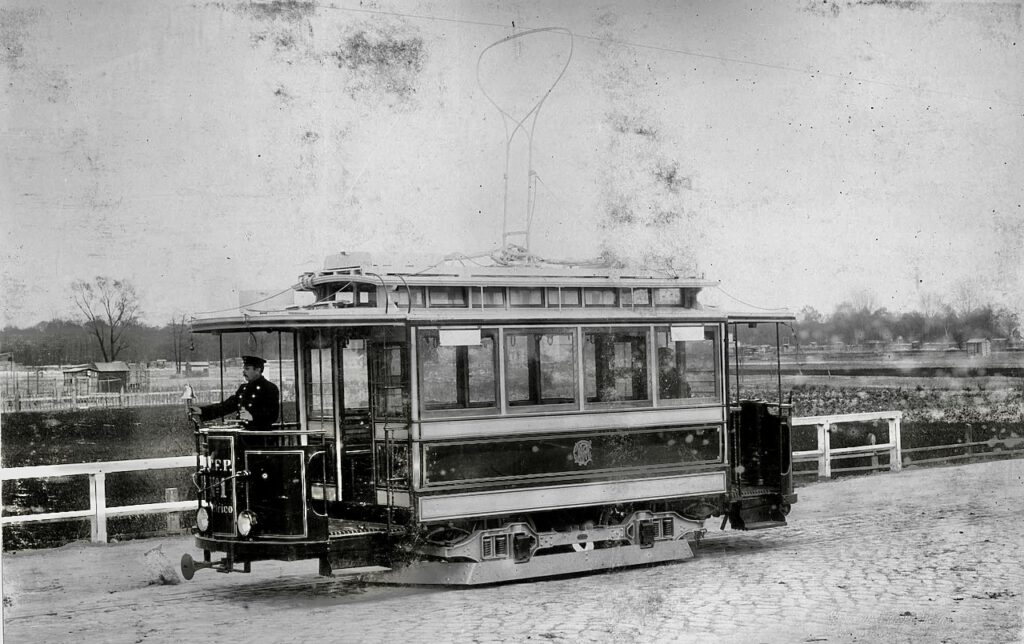
Schuckert & co. delivered a “5-window” type of car of clearly German origin as known from constructors like Herbrand and Falkenried. This car had seating for 18 on longitudinal benches of 4.30 m. This car first had the number 13, but then became 27. It had disappeared from the fleet by 1916.
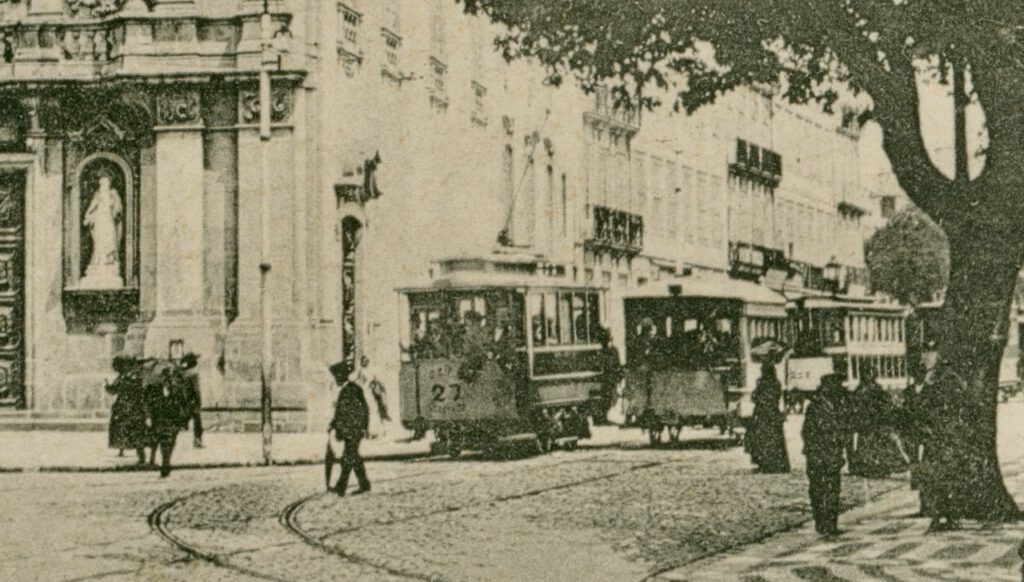
In 1903, five years after acquiring these cars by the CCFP, Siemens & Halske and Schuckert & co. merged into Siemens-Schuckert and were no competitors anymore.
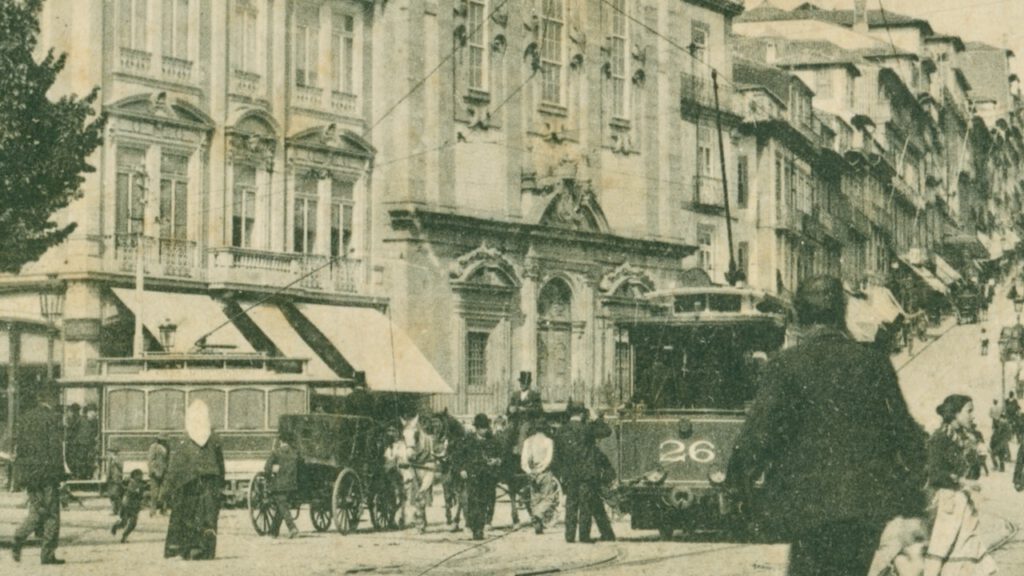
5-window Constructora cars
The local firm A Constructora delivered six cars in the period 1901-1903, in 1901 the 24-25 with Semens & Halske motors, in 1902 the 33-34 with Schuckert motors and in 1903 the 38-39 with Walker motors. The bodies were almost copies of the 5-window Schuckert car no.13. The cars seated 18 on two benches of 4.31 m and had larger platforms than the transformados and the Schuckert car. Based on photos it’s assumed that CE no.24 later swopped numbers with 8-window transformado no.35.
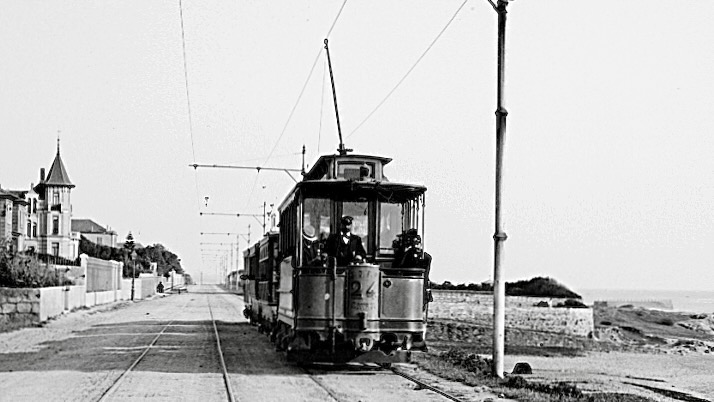
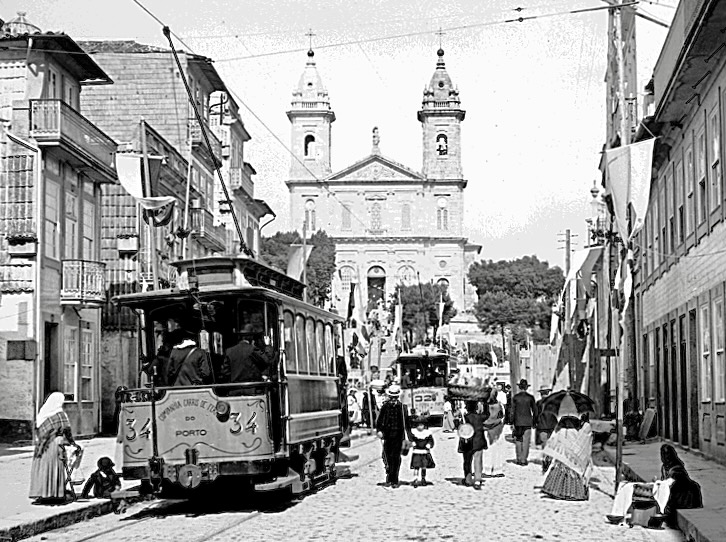
CE no.34 had in November 1902 a runaway accident in Rua Sto.António and disappeared from the fleet together with no.33. Likely both returned into service in 1905 with new numbers (55-56) and electric equipment. Later the 5-window arrangement of the cars was changed to six windows without changing the size of the body.
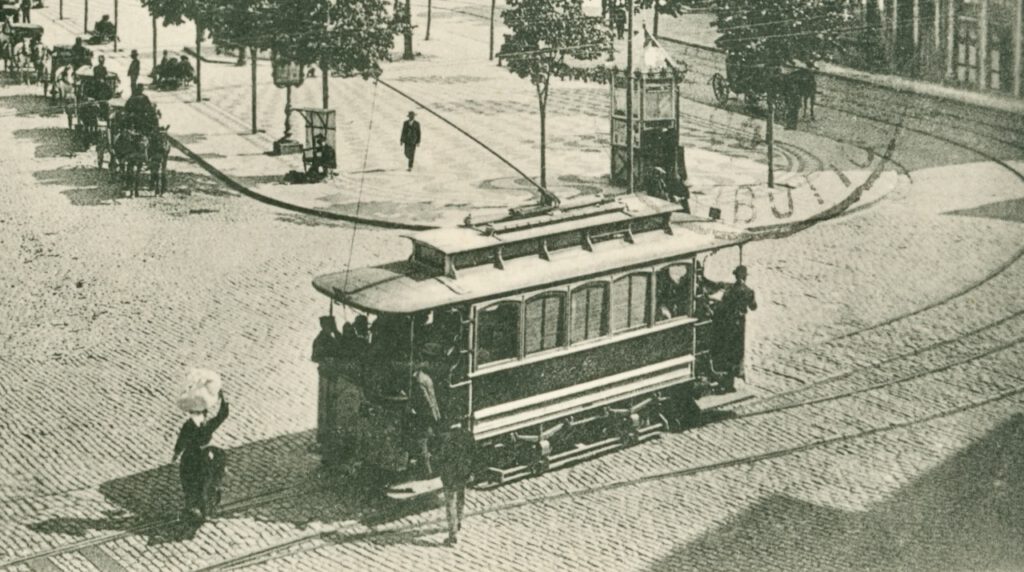
Carros Antigos (STCP 101-104)
No distinction was made in later years by the CCFP between the several types of pre-1904 cars. As they were the smallest and oldest cars, they were mainly used on less important services and the first to be phased out. Of the 39 pre-1904 cars available in 1909, about 19 were remaining by 1925. The 1928 Boavista fire losses for these trams are estimated to be seven cars, likely two being of the 5-window Constructora type. In the period 1934-1940 there were still 12. The STCP took over 11 but kept only four of these cars as electric tram on the fleet and renumbered them 101-104. The other seven cars, or at least some of them, extended their life as trailers. One, 7-window trailer no.22, is reconverted to an electric museum-tram with the same number.
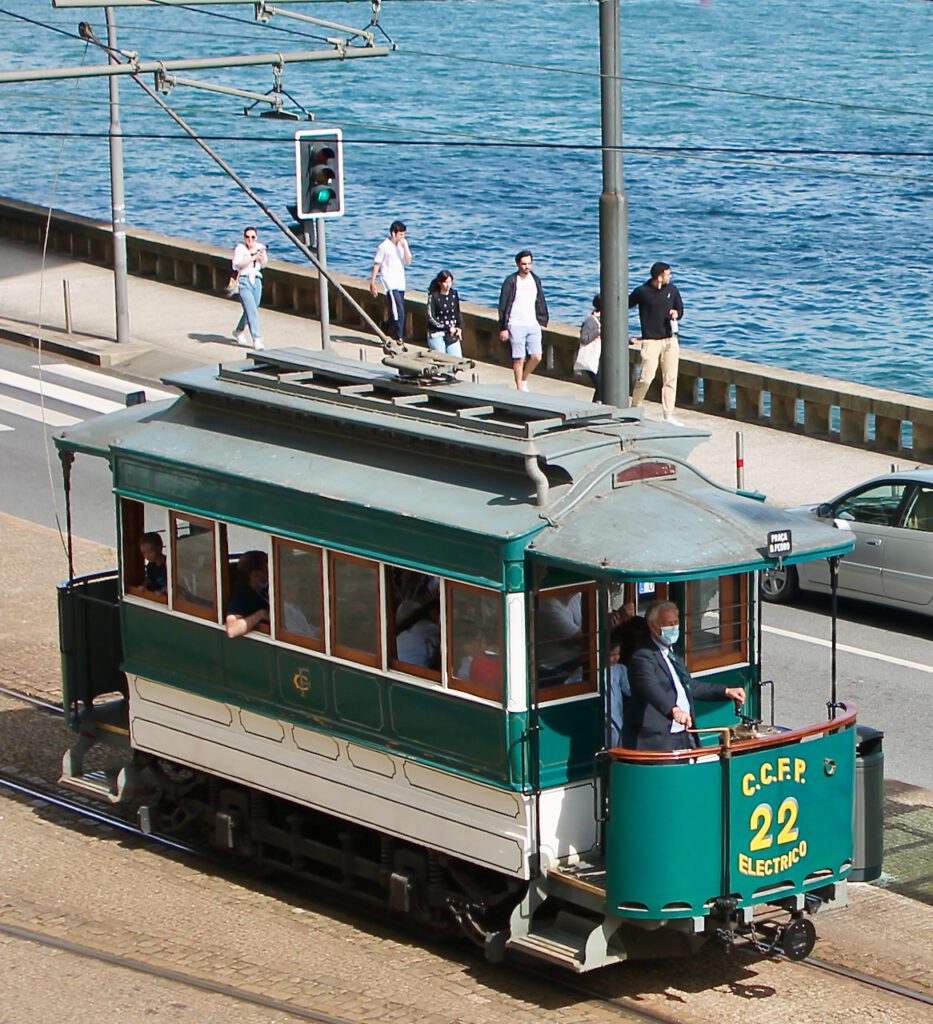
No.101 was a transformado type with 7 windows, 102-103 were 5-window Constructora cars but with the window arrangement changed into 6 and 104 was an 8-window transformado. This last car had still with open platforms. All four were scrapped in 1959.
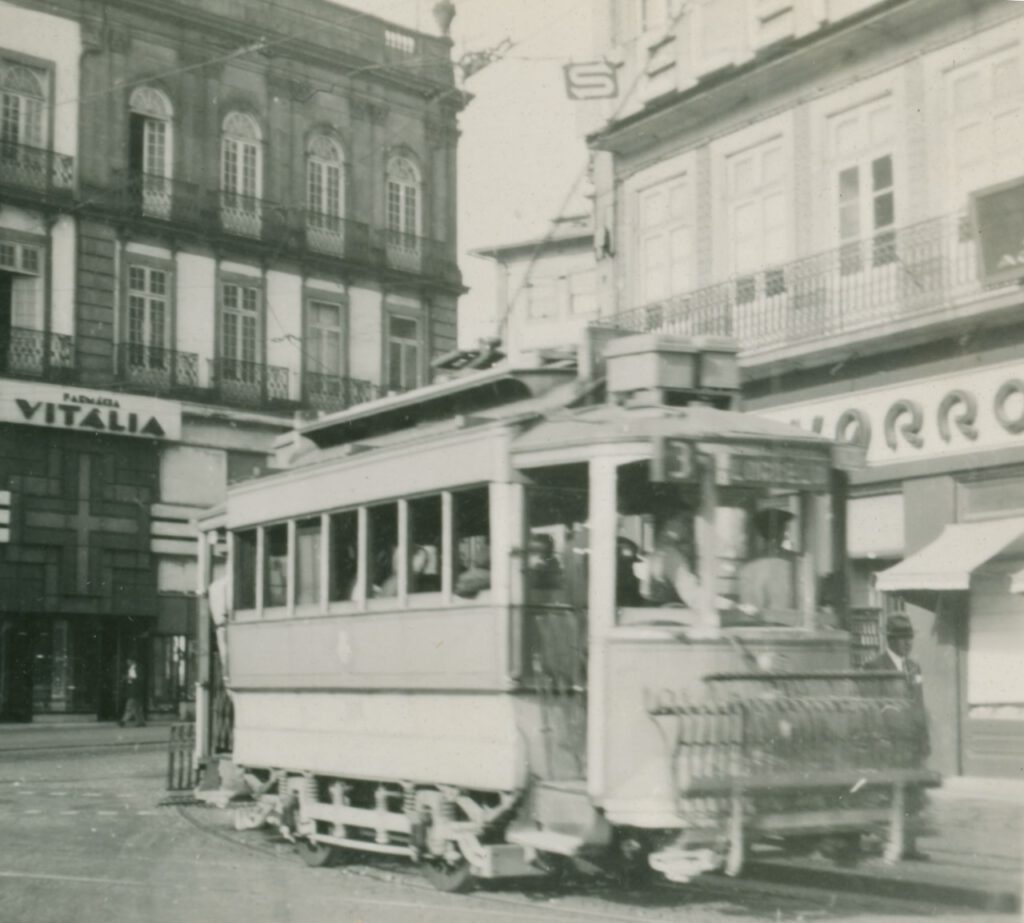
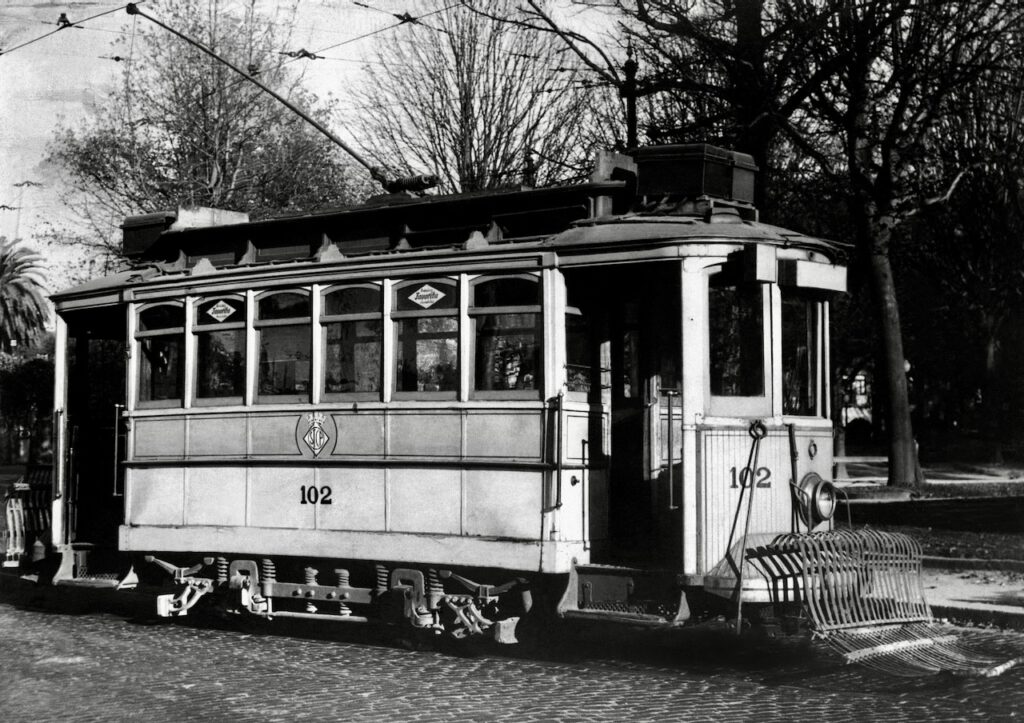
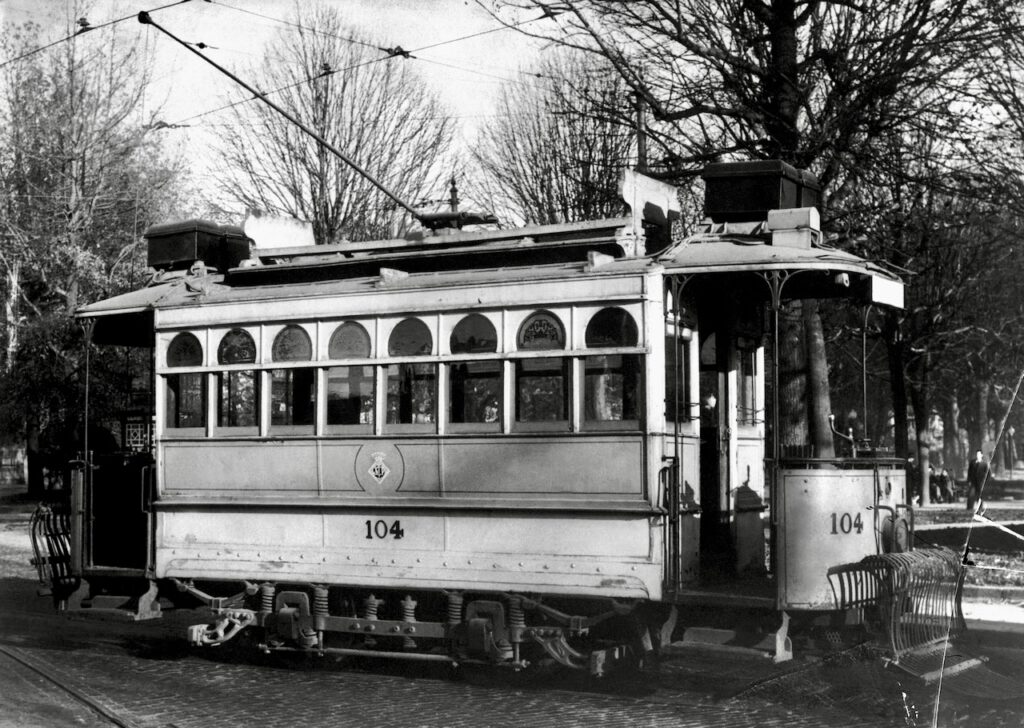
A replica of 104, built in 1997, is now part of the museum collection.
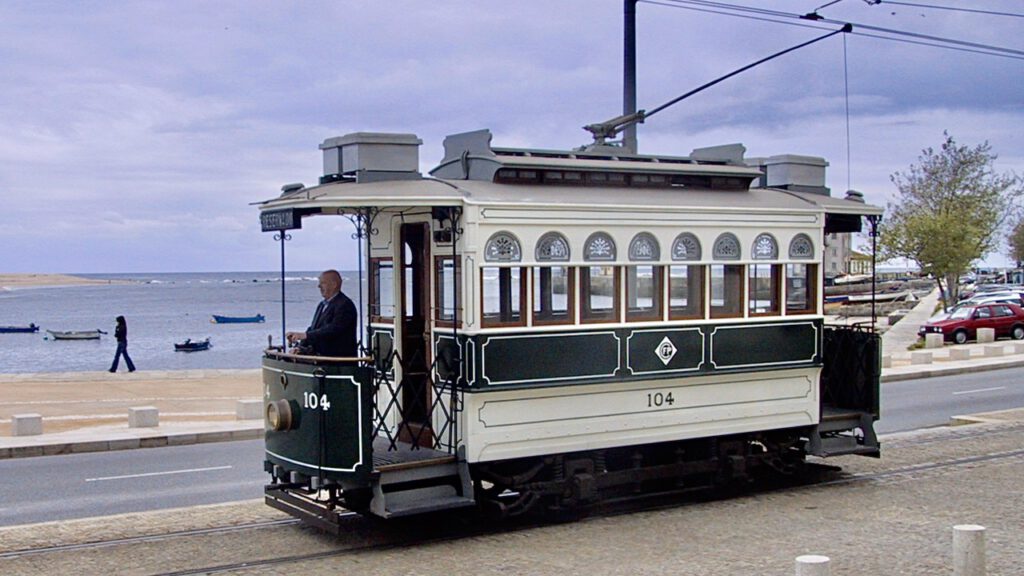

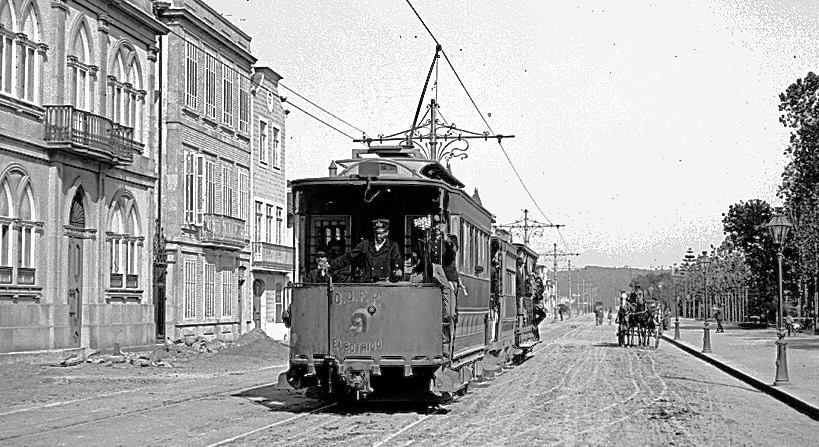
Leave a Reply